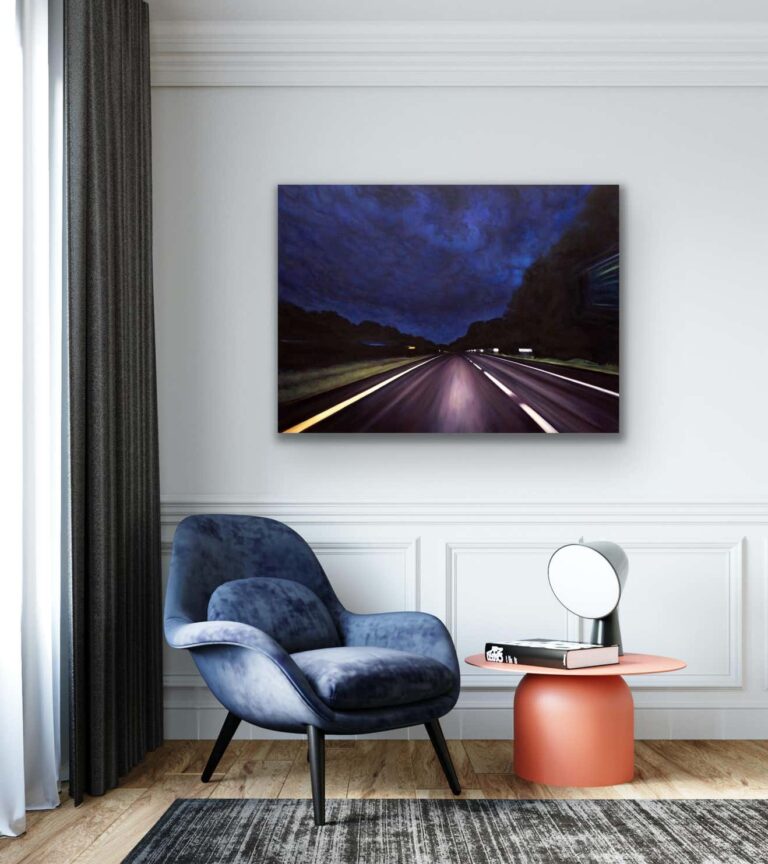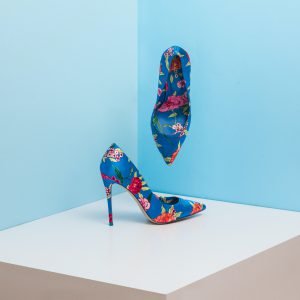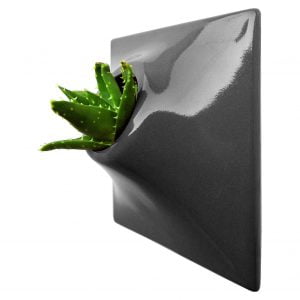
Jewelry Gifts From Placekey specially for you.

Jewelry Gifts From Placekey specially for you.

Arts You Will Love ❤
STORAGE
Night Stands
SHOP BY STYLE
Louis XVI Furnitures

Furnituire From Palacekey
SHOP BY CATEGORIES
Clothing
Handbags
Accessories
Shoes
SHOP BY DESIGNER
Chanel
Gucci
Hermès
Louis Vuitton
Prada
Yves Saint Laurent
SHOP ICONIC DESIGNS
Hermès Birkin Bag
Hermès Kelly Bag

Fashion Gifts
Great Gifts For Great People

Lighting From Palacekey

Decor Gifts
Easily Find The Best Gifts Here
Organically shaped, clean-lined and elegantly simple are three terms that well describe mid-century modern American furniture. The style, which emerged primarily in the years following World War II, is characterized by pieces that were conceived and made in an energetic, optimistic spirit by creators who believed that good design was an essential part of good living.
Postwar American architects and designers were animated by new ideas and new technology. The lean, functionalist “International Style” architecture of Le Corbusier and Bauhaus eminences such as Ludwig Mies van der Rohe and Walter Gropius had been promoted in the United States during the ’30s by Philip Johnson and others. New building techniques, such as “post-and-beam” construction, allowed the International-style schemes to be realized on a small scale, in open-plan houses with long walls of glass.
Materials developed for wartime use became available for domestic goods and were incorporated into mid-century modern furniture designs. Charles and Ray Eames and Eero Saarinen, who had experimented extensively with molded plywood, eagerly embraced fiberglass for, respectively, pieces such as the La Chaise and the Womb chair. George Nelson and his design team created Bubble lamp shades using a new translucent polymer skin. Harry Bertoia and Isamu Noguchi devised chairs and tables built of wire mesh and wire struts. Materials were re-purposed: the Danish-born designer Jens Risom created a line of chairs that used surplus parachute straps for webbed seats and backrests.
As the demand for casual, uncluttered furnishings grew, more mid-century designers caught the spirit.
Classically-oriented creators such as Edward Wormley, house designer for Dunbar Inc., offered such pieces as the sinuous Listen to Me chaise; the British expatriate T.H. Robsjohn-Gibbings switched gears, creating items such as the tiered, biomorphic Mesa table. There were Young Turks such as Paul McCobb — who designed holistic groups of sleek, blonde-wood furniture — and Milo Baughman, who espoused a West Coast aesthetic in lushly upholstered chairs and sofas with angular steel frames.
As the collection of vintage mid-century modern American furniture on 1stDibs demonstrates, this period saw one of the most delightful and dramatic flowerings of creativity in design history.
OUR COMPANY
About Us
CUSTOMER SUPPORT
Contact Us
Visit Our Center
© Palacekey 2021